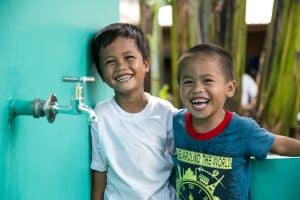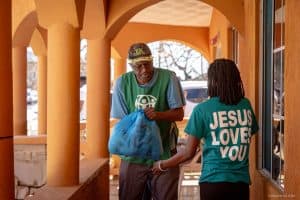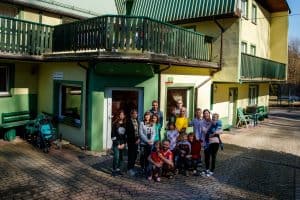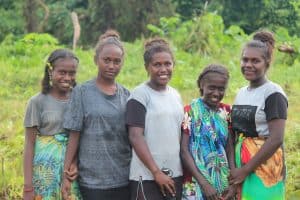By James Standish
“Bucaramanga?”, my friend Mike chuckles1, “nope, never heard of it – but I’m amused to learn that a place called Boo·kaa·ruh·maang·guh even exists!” Mike sounds it out one syllable at a time as we’re sitting in a bagel shop in midtown Manhattan, not too far from the investment bank where Mike works. “It’s in Colombia, near the border with Venezuela, I went to meet Venezuelan migrants coming into Colombia,” I continue. “You want to meet Venezuelan migrants?” Mike shoots back, “you could have just come to New York City!”
He’s right. New York City, Texas, California, Florida, even Washington, DC, are struggling under the weight of resettling migrants – many of them from Venezuela. “I didn’t go to Bucaramanga simply to meet migrants, Mike, I went to understand what is driving them and what their needs are – and what I learned changes everything…”
“Go on,” Mike says. He’s a smart guy – smart enough to know what he doesn’t know. And when it comes to the Venezuelan migrant crisis, his knowledge is like most of us: He knows they’re here. And he knows he wants something done about it.
“First thing you’ve got to know is why they’re leaving home,” I start. “Because until you know why something is going on, you can’t know what do about it.” “Right,” says Mike, “that’s problem solving 101.” I nod in agreement and continue. “They’re leaving because the Venezuelan economy is in free fall, to the point that millions of people are undernourished,” I explain. “Well, that’s their government’s responsibility,” Mike shrugs his shoulders. “Whatever the cause, and no matter whose responsibility, that’s the reality,” I continue. “And when you’re hungry, you have two choices. Stay in a place where you’re hungry or move on. What would you do, Mike?” Mike laughs, he sees where this is going, “yeah, yeah, yeah, I’d move on.”
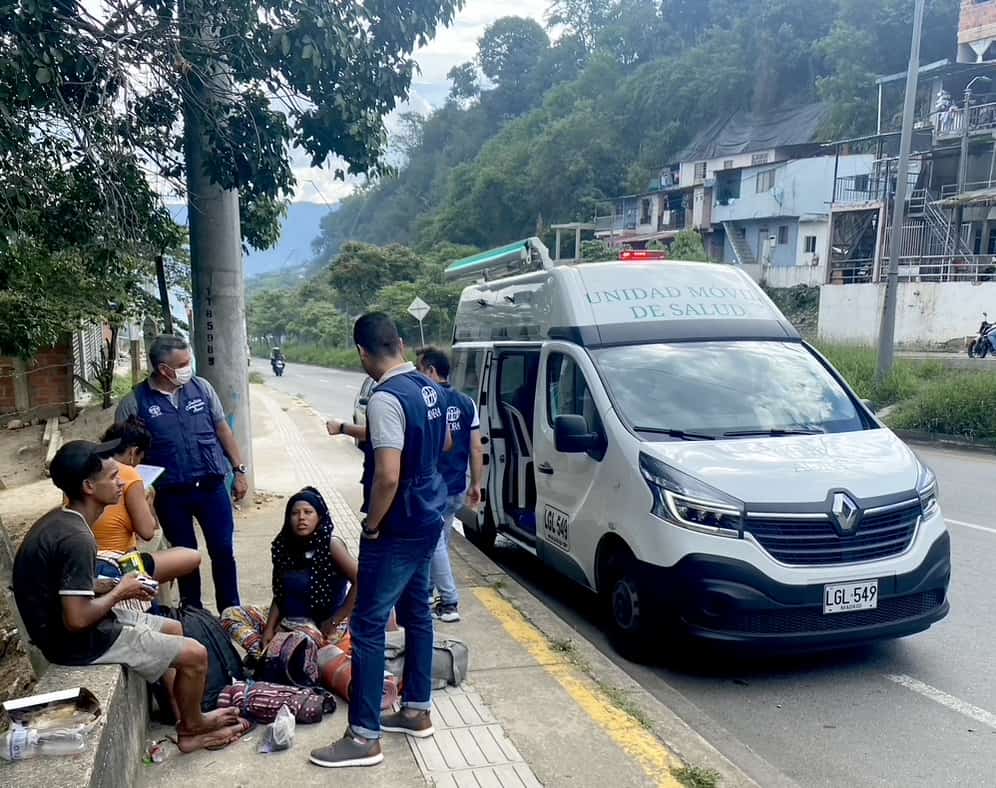
“Mainly Venezuelans are going to neighboring countries like Colombia. And it’s not a thousand here or there – it’s between 6 and 7 million Venezuelans. Most of them have resettled in South America, some in Central America, and increasingly, some are coming to the US. I met Venezuelans walking into Colombia on the trail. I’ll tell you Mike, they were the thinnest people I’ve ever seen. It was shocking. And it’s all kinds of people – kids, women, men, I even met a woman who is four months pregnant. Everyone I talked with had the same story. They didn’t want to leave their homes, families, everything. But hunger drove them out.”
“Makes sense,” says Mike, “but why are they coming to the US? It’s, what, 2,000 miles from Venezuela to the US!” “Yeah, something like that,” I reply. “That’s exactly what I wanted to know – so you know me, Mike, I asked everyone I met… and to get the answer I didn’t just ask people on the trail, I went to the places Venezuelans have settled in Colombia, and I also asked Colombians. I wanted to get the full picture. They all gave me the same answer – countries like Colombia welcomed the first refugees. But as time has gone on, and as more have arrived, things have gotten stressed. There are not enough places in schools, not enough housing, not enough healthcare, not enough food programs, and most of all, not enough jobs to go around. So, if you arrive and try to settle in Colombia, you’re going to find yourself in a similar mess to what you left. Unless…”
“Unless what?” Mike raises an eyebrow as he looks over at me.
“Unless someone gives you a helping hand.”
“Oh, ok, here comes the bleeding heart ADRA stuff,” Mike lets out a snort.
“Well, if people are successfully resettled in the surrounding region to Venezuela, they stay, Mike, so if you want to deal with the migrant crisis in New York, you might want to listen up.”
Mike nods, with his irritating smirk still on his face – we’re friends, he likes to get a rise out of me.
“The keys to successful resettlement include access to healthcare – not just because everyone needs healthcare, but because in Colombia kids must have health insurance before they can enroll in school. So, healthcare is a key to both health and education. And people need to eat. So that’s where ADRA focuses. Partnering with the Adventist clinic in Bucaramanga, ADRA provides health insurance to Venezuelans settled around Bucaramanga. And ADRA provides monthly food vouchers they can use to buy groceries until they find employment and can care for themselves.”
“If ADRA is doing such a great job,” Mike probes, “why are the hotels in New York City overflowing with migrants?”
“It’s math,” I reply. “ADRA can only provide what it has. And the Venezuelan refugee crisis is ridiculously underfunded. So, ADRA does what it can do with what it has. But it’s stretched thin. Remember ADRA is helping to resettle Ukrainian refugees in Europe, Sudanese refugees in Africa, and Rohingya refugees in Asia – and it’s working in many other places where regular people have been forced to flee their homes. If ADRA has more, it does more. And the more it does, the more people can remain in their regions. Which everyone I talked with wants. I mean, think about it. You think people are trekking 2,000 miles, paying smugglers all their meager savings, being ripped off, raped, abused and hated all the way because they want to? People aren’t crazy, Mike. Give them a chance at a life in their region and they take it.”
“So, go ahead, make the ask,” Mike knows what’s coming. “Very simple, Mike, you want to do something about the migrants coming to New York? Then pony up some cash to help resettle people in Bucaramanga and support broader US efforts to resettle people in Colombia. Because if life is intolerable in the region, they will keep coming – if not over land, then in tunnels, if not tunnels, then by sea, if not by sea, then by air. When people are desperate, they do what they have to do, Mike, and so would you.”
“So, give people a life in their region, and they stay there?” Mike ponders out loud. “And ADRA’s giving them a life there.” “Yeah, Mike, that’s the nub of it. And ADRA wants to give more people a life there so they can thrive without risking everything to come to New York City, only to have investment bankers like you looking down your noses at them.” Mikes’ a good guy, He knows I’m just giving him a hard time. Hey, what are friends for?
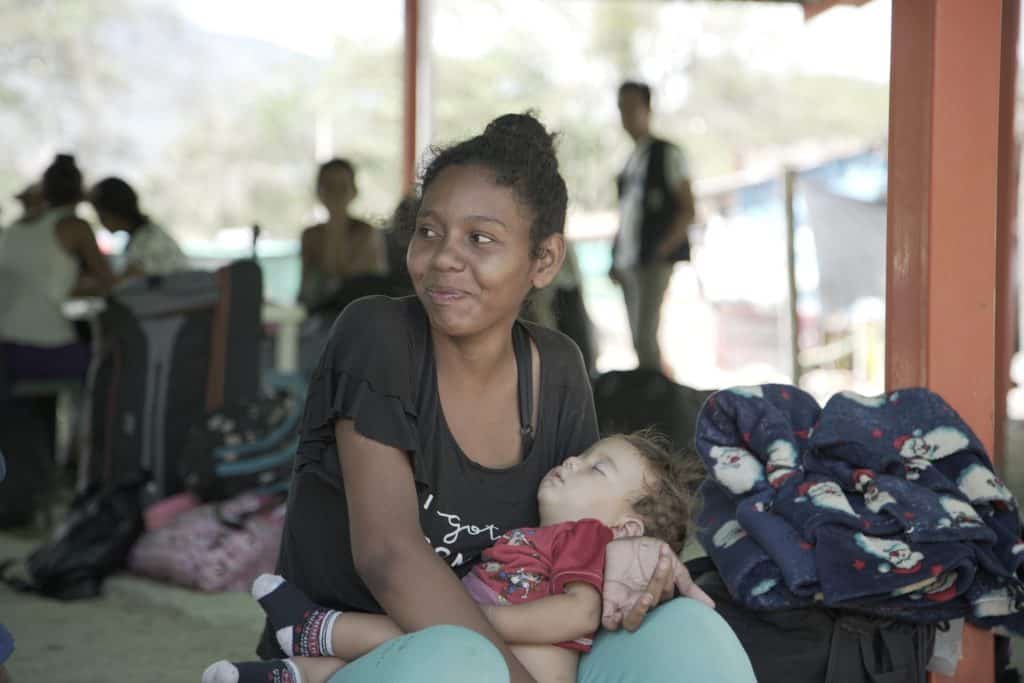
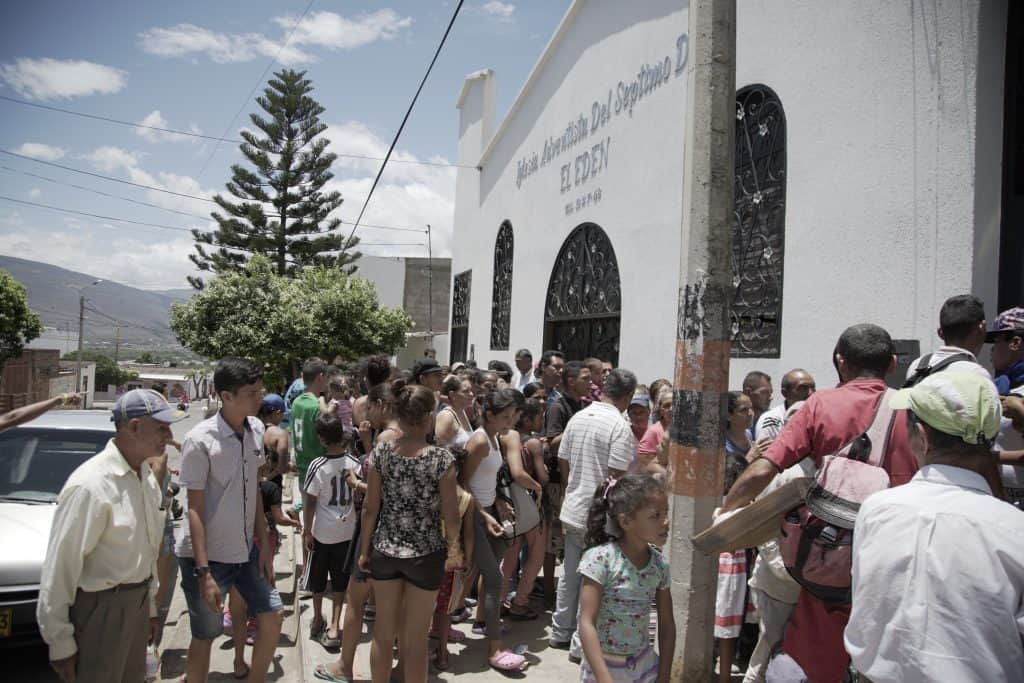

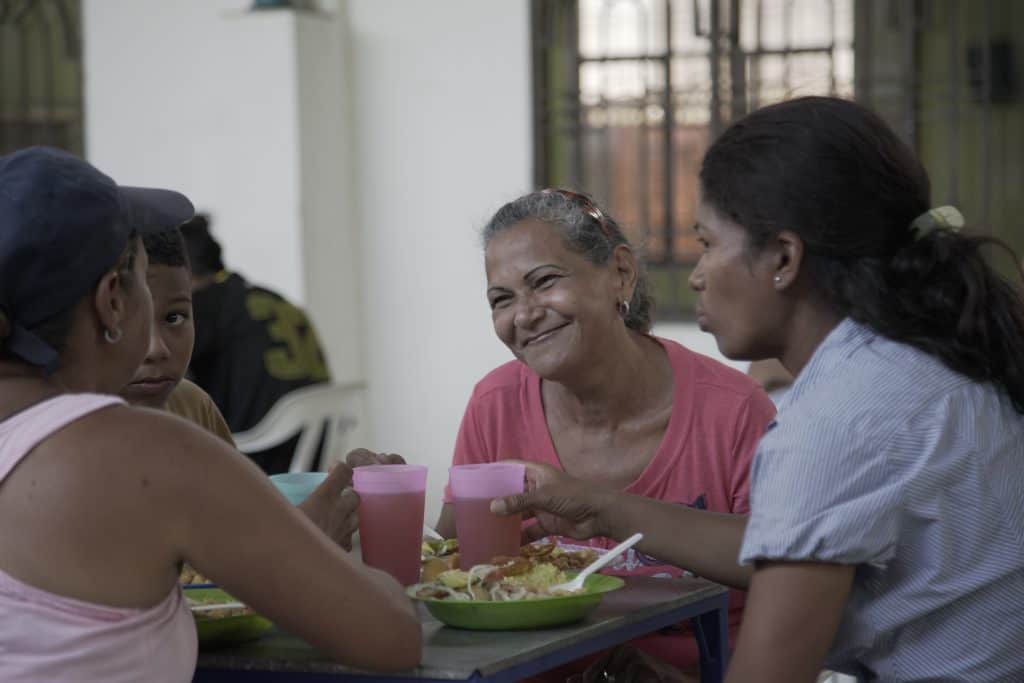
(Photo Credit: Tim Wolfer)
- This article is a composite of conversations with ADRA’s Government Relations Consultant James Standish and friends after returning from Bucaramanga, Colombia.
FAQs on Refugees, Migrants, and Internally Displaced People (IDPs)


